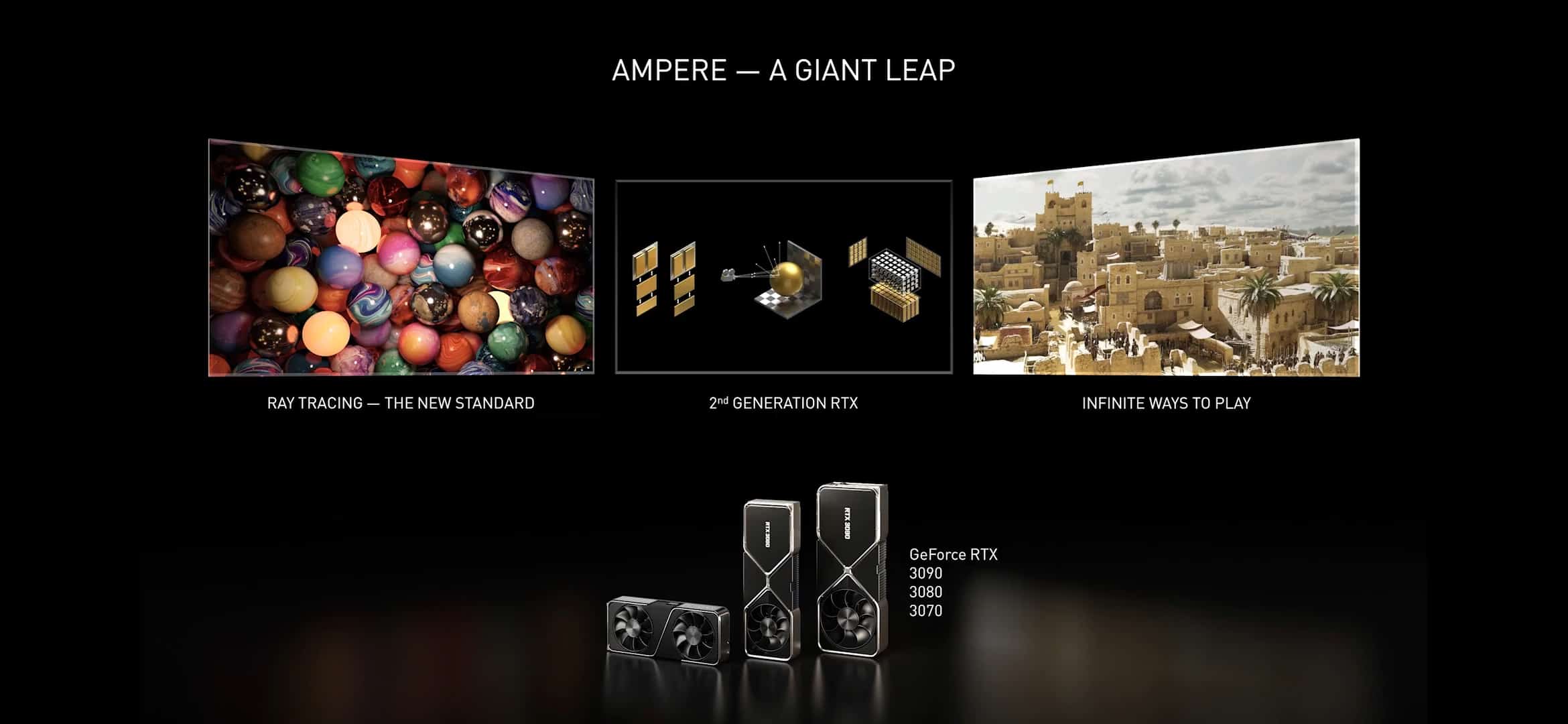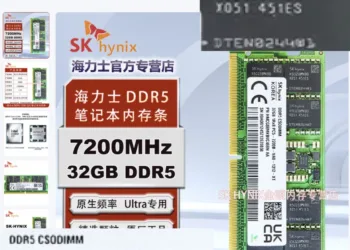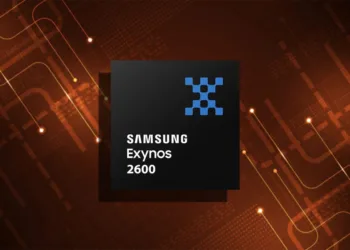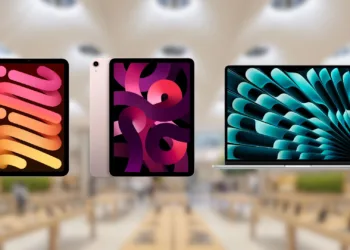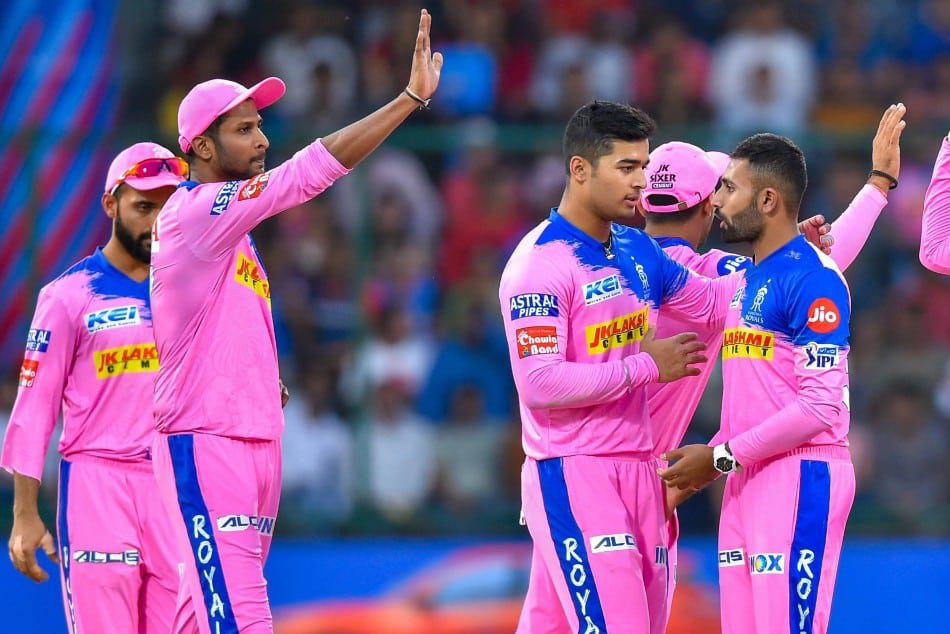The graphics giant NVIDIA has now come out with an ensemble of high powered gaming technologies and graphic cards, designed to boosting the video content quality as well as attaining a more life-like gaming experience. As part of the Ampere line-up commemorating the famous French mathematician Andre Marie-Ampere, the latest graphics cards to be rolled out are the RTX 3090, RTX 3080, and RTX 3070 – with the RTX 3090 being the top-line model to attract the gamers and streamers’ market.
In addition, it is also claimed that the RTX 3090 is capable of supporting an 8K and 60-FPS gameplay. What is also interesting is that the popular games Fortnite and Call of Duty: Cold War will also be receiving an RTX ray-tracing support which promises a better illumination landscape.
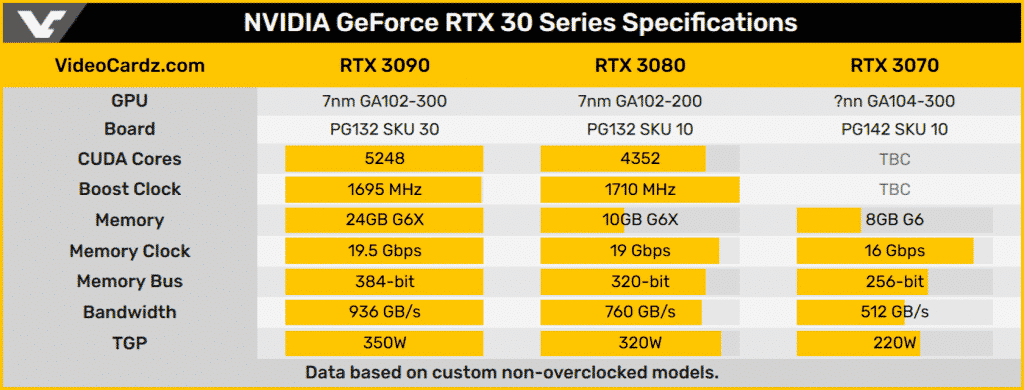
But what are these new and upgraded technologies that NVIDIA has launched? Let us find out –
1) RTX Broadcast – The developed engine, owed much to the Tension Cores and delicately designed RTX GPUs, now give users and content creators the feature to live-stream with advanced features such as virtual greenscreen and face tracking. In essence, the tool also uses artificial intelligence to remove background noises and provide an improved interface that isolates the broadcaster from their surrounding background. What’s more, these tools are universally adaptable meaning one can plug it any broadcasting software – be it ones like Zoom, Google Hangouts, Twitch, and many more.
2) Omniverse Machinima – In what is focused more on the creative side than the technical, NVIDIA’s latest application enables users to recreate and reinvent animated video game storytelling. Assisted by the RTX path traced rendering, the cutting edge Omniverse ecosystem supports voice-acting, interactive visual effects, and facial animation to provide physically accurate video output.
3) NVIDIA Reflex – This technology practically appeals to all the fanatical gamers out there. The system is designed to reduce latency (otherwise known as the time taken for a device to send data to the gaming server) and decrease the time on the render queue so that the CPU and GPU are in link to give a hassle-free quick time gaming feel. As with e-sports, faster the better has always been a significant theme and NVIDIA’s Latency Analyser bound by the G-Sync display does exactly that.
Do check out:
😎TechnoSports-stay UPDATED😎

